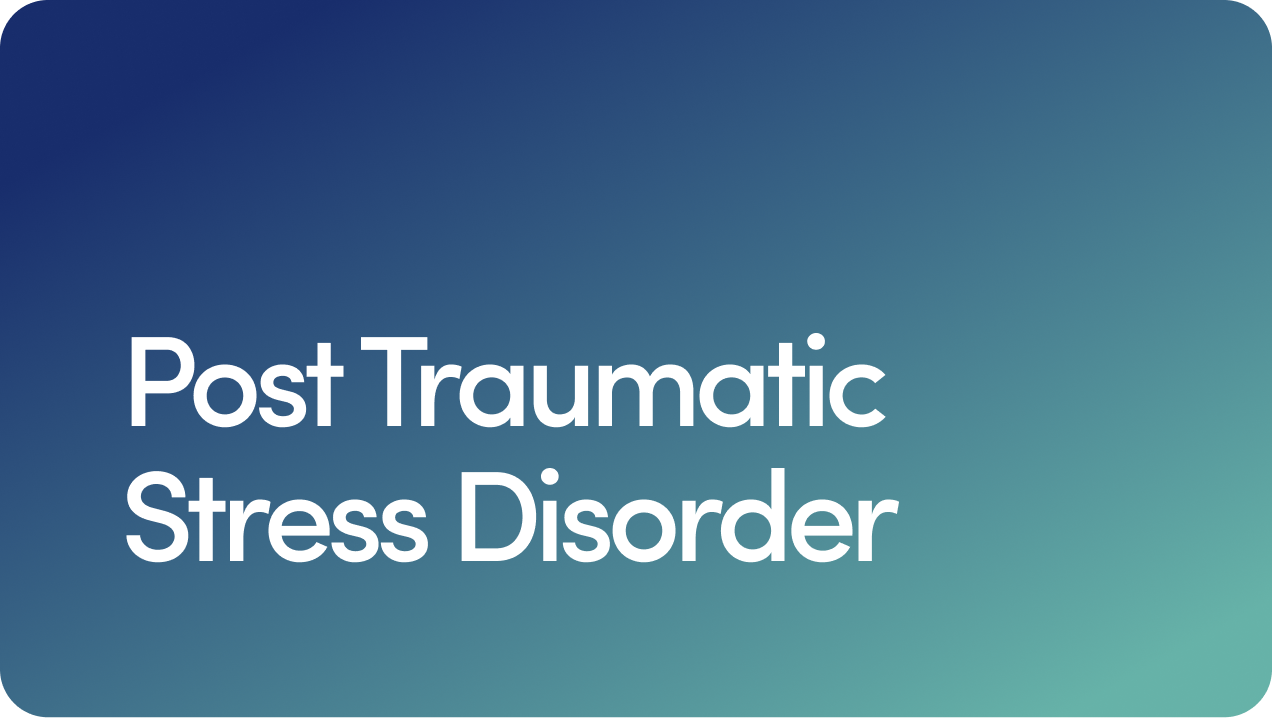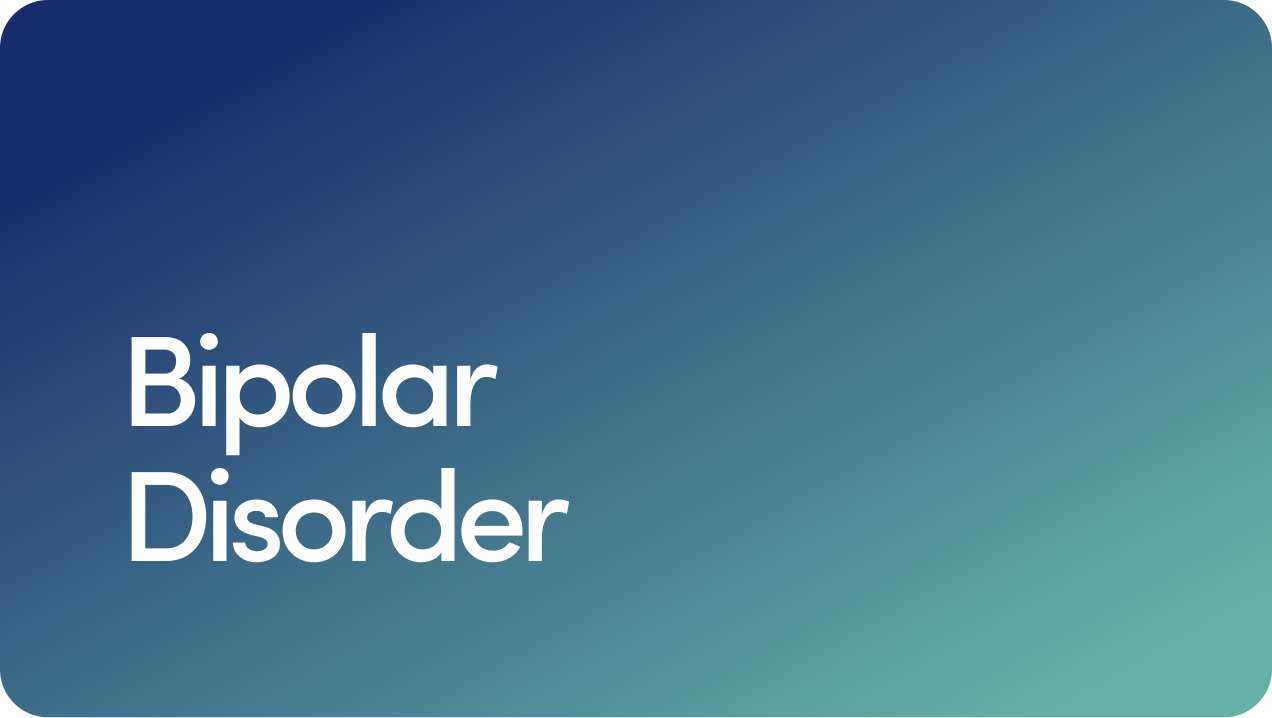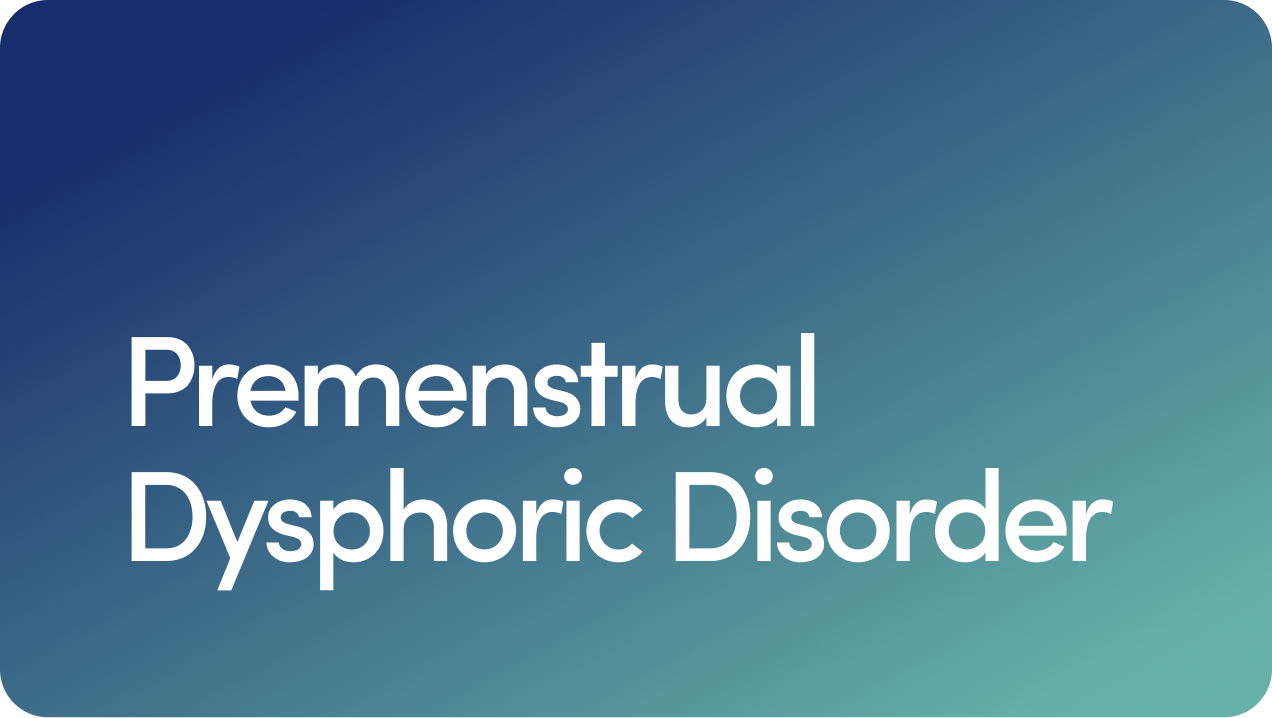Content
Free Mental Health Assessment
Why Do Only 1 in 5 Women With Postpartum Mood and Anxiety Disorder Symptoms Receive a Diagnosis?

Written by Jessica Yu, Ph.D.
Updated 10/19/2023
A recent study published in Psychiatric Services found the rates of diagnosis among women experiencing postpartum depression and anxiety symptoms to be shockingly low.
According to the study, only 1 in 5 women with symptoms of postpartum mood and anxiety disorder (PMAD) between delivery and 3 months received a diagnosis. Furthermore, race had an effect, such that Black women were three times less likely to be diagnosed.
Content
Those of you who have read my previous article on postpartum depression know some of what I have to say. Postpartum mood and anxiety disorders aren’t new—they’re actually rather common. They’re serious and debilitating. And effective treatment options are out there.
So, why are we failing to spot a problem we are perfectly capable of treating?
When it comes to underdiagnosis, common culprits are often stigma and lack of patient awareness. Patients may not disclose symptoms because they fear judgment or don’t realize their symptoms may be cause for concern.
This is less likely the case here, as over 80% of the patients who reported symptoms were not given a diagnosis by their provider. In other words, women were disclosing worrisome thoughts, feelings and behaviors—and still not receiving appropriate follow-up.
Perhaps, then a likelier culprit may be the confusion between the common “baby blues” and postpartum mood and anxiety disorders. Up to 80% of women experience baby blues following delivery.
This weepiness, restlessness, sadness, and difficulty concentrating is believed to result from a combination of hormonal changes, sleep disruption and the emotional experience of welcoming a new child into the family. These blues tend to occur in the few days following childbirth and last for little more than two weeks.
Postpartum depression and anxiety, on the other hand, may present up to a year after childbirth and last more than two weeks. Providers, especially those who are not mental health specialists, may inadvertently overlook the difference between baby blues and more serious disorders.
Relatedly, lack of provider awareness may be an issue. Women typically follow up with their OB/GYN 6 weeks following delivery. OB/GYNs are not mental health experts.
They tend to focus on the physical aspects of the postpartum period—how the woman’s body is healing, whether she can resume normal daily and physical activities, whether and what kind of birth control to prescribe and so on. They may be less skilled at asking questions about anxiety and mood. Or, they may be less tapped into available treatment options and referrals.
What can you do if you or someone you know is experiencing postpartum mood and anxiety symptoms?
Be aware of symptoms. Even if you’re in the first few weeks of parenthood, talk to your doctor if you’re experiencing symptoms such as low mood or sadness, anxiety, tearfulness, irritability, difficulty concentrating, difficulty sleeping, appetite changes, hopelessness or thoughts of harming yourself or your child. And if your provider doesn’t appear overly concerned, ask to speak to a mental health professional for an additional opinion.
Consider contacting the National Maternal Mental Health Hotline for 24/7 access to support for new moms.
Check out other ideas I’ve previously written about in my blogs The Moms Are Not OK: Why Mental Health is Keeping Mothers Up at Night and The First Oral Treatment For Postpartum Depression Has Been Approved by the FDA—Why Did It Take So Long.
This article is for informational purposes only and does not constitute medical advice. The information contained herein is not a substitute for and should never be relied upon for professional medical advice. Always talk to your doctor about the risks and benefits of any treatment. Learn more about our editorial standards here.
Related Articles
Related Conditions
 Anxiety
Anxiety
 Depression
Depression
 OCD
OCD
 PTSD
PTSD
 Bipolar Disorder
Bipolar Disorder
 Premenstrual Dysphoric Disorder
Premenstrual Dysphoric Disorder